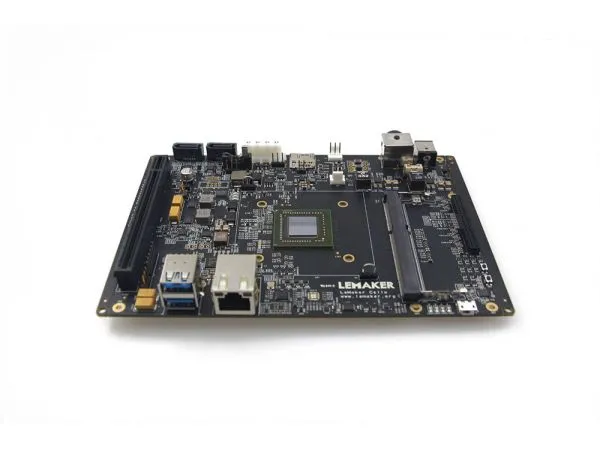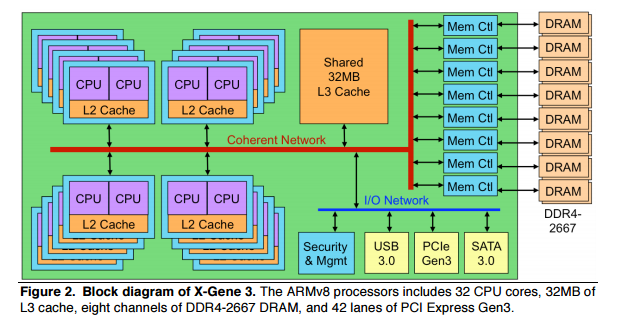Nemesis11
Power Member

The LeMaker Cello has an AMD Opteron A1120 quad-core Cortex-A57 processor running at 1.7GHz, 2x DDR3 SO-DIMM slots, two Serial ATA 3.0 ports, Gigabit Ethernet, two USB 3.0 ports, one PCI Express x16 3.0 slot, etc. The AMD A1120 SoC has a 25 Watt TDP so it will also need active cooling. The LeMaker Cello should be able to mount in a mini-ITX / micro-ATX chassis.
http://phoronix.com/scan.php?page=news_item&px=AMD-LeMaker-Cello
Muito interessante e tendo em conta que é cpu+board, o preço não é mau. E este pelo menos tem um cpu ARM a sério. Nada de A53.






















